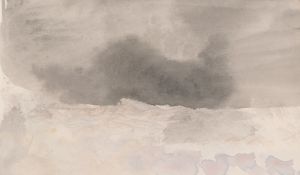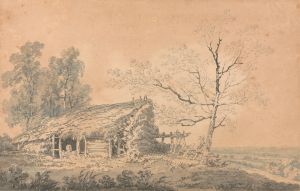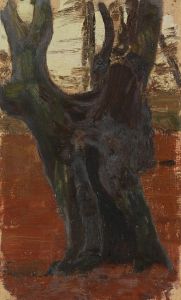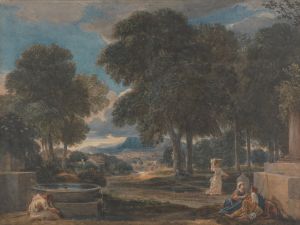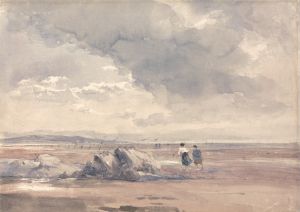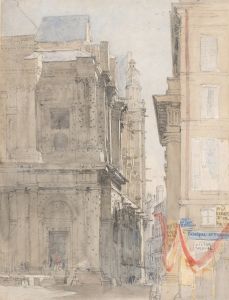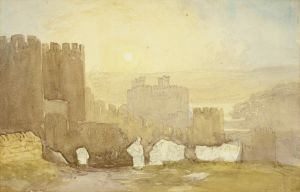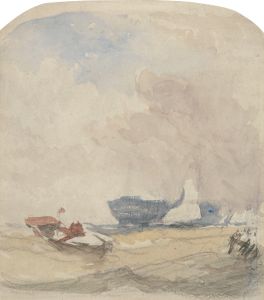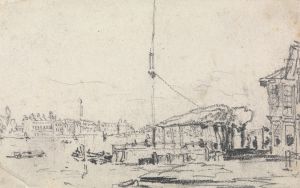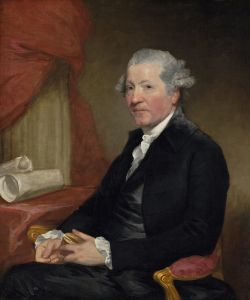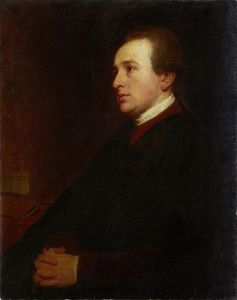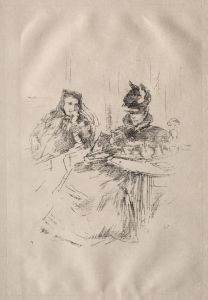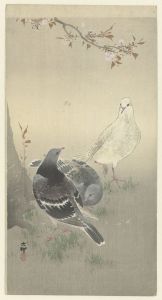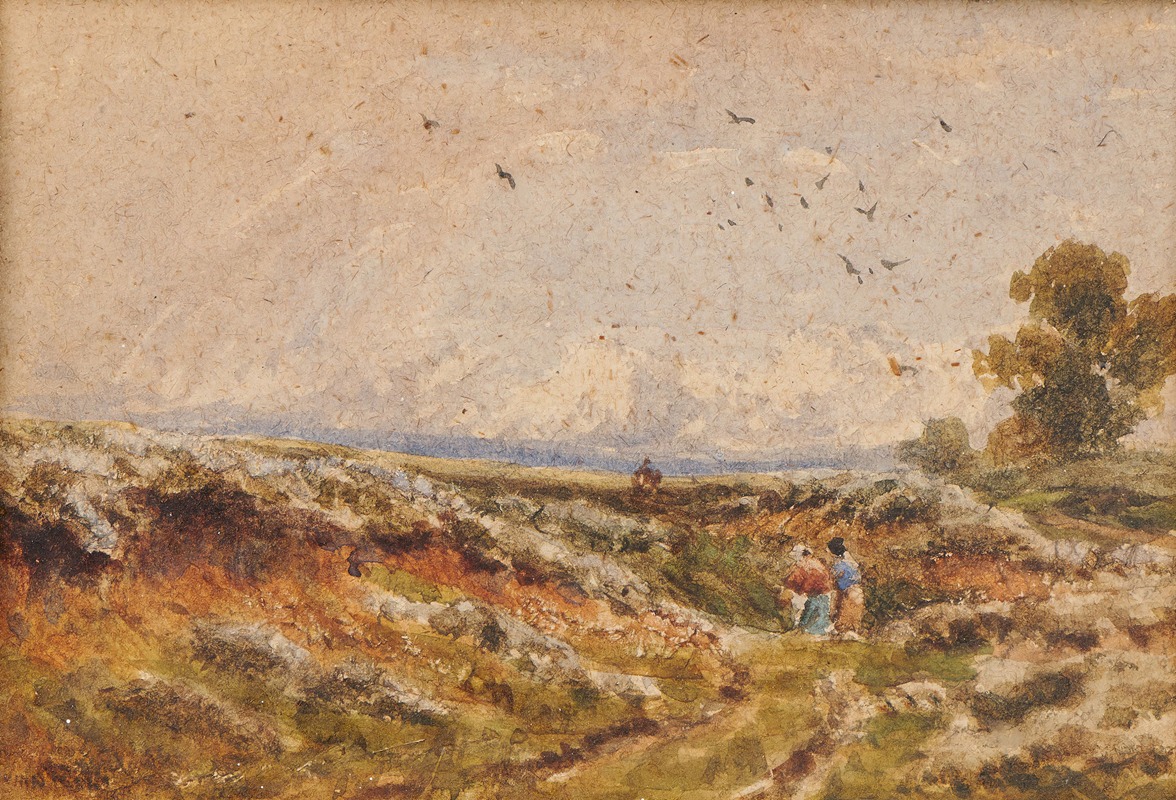
Heath Scene
A hand-painted replica of David Cox’s masterpiece Heath Scene, meticulously crafted by professional artists to capture the true essence of the original. Each piece is created with museum-quality canvas and rare mineral pigments, carefully painted by experienced artists with delicate brushstrokes and rich, layered colors to perfectly recreate the texture of the original artwork. Unlike machine-printed reproductions, this hand-painted version brings the painting to life, infused with the artist’s emotions and skill in every stroke. Whether for personal collection or home decoration, it instantly elevates the artistic atmosphere of any space.
David Cox (1783–1859) was an English landscape painter and one of the prominent figures of the British watercolor tradition. His painting Heath Scene is a notable example of his work, showcasing his mastery of capturing the natural beauty of the English countryside. Cox is particularly celebrated for his ability to depict atmospheric effects and the transient qualities of light and weather, which are evident in this piece.
Heath Scene portrays a rural landscape, likely inspired by the heathlands of England, a subject Cox frequently explored in his work. The painting reflects his preference for open, expansive views and his skill in rendering the textures and colors of nature. Cox often used broad, loose brushstrokes and a muted palette to create a sense of immediacy and mood, techniques that are characteristic of his mature style. The composition of Heath Scene demonstrates his ability to balance detail with simplicity, drawing the viewer's eye across the scene while evoking a sense of tranquility.
David Cox was a key figure in the development of watercolor as a medium, and his works often bridged the gap between the traditional and the modern. While he was trained in a more formal, detailed style, his later works, including Heath Scene, show a freer, more expressive approach. This evolution in his technique influenced subsequent generations of artists and contributed to the broader Romantic movement in British art.
The exact date of Heath Scene is not definitively known, but it is likely to have been created during the later period of Cox's career, when he was producing some of his most celebrated works. During this time, Cox was living in Harborne, near Birmingham, and frequently traveled to paint en plein air, capturing the landscapes of Wales, the Midlands, and other parts of England.
Today, Heath Scene is recognized as an example of Cox's contribution to the tradition of British landscape painting. His works are held in high regard and can be found in major art collections, including the Tate Britain and the Victoria and Albert Museum. Cox's legacy as a watercolorist and his influence on the depiction of the English countryside remain significant in the history of British art.
Further details about the specific provenance or exhibition history of Heath Scene are not widely documented.





